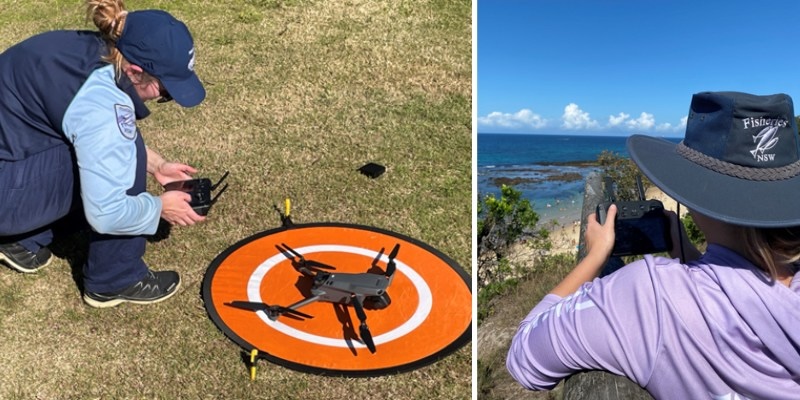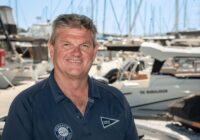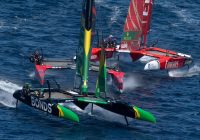In a continued effort to protect the state’s marine ecosystems, the Department of Primary Industries and Regional Development (DPIRD) Fisheries Compliance team are using unmanned aerial vehicles (UAVs), commonly known as drones, to assist with surveillance.

DPIRD Fisheries Compliance Program Leader South East, Kelie Clarke said that with fisheries officers responsible for monitoring vast coastal areas across NSW, UAVs are proving to be a game changer.
“The drones can easily access hard-to-reach locations, capturing important images and data without disturbing marine life. They allow us to survey large stretches of coastline including areas that are difficult to reach on foot,” she said.
UAVs have been used to help regulate commercial fishing activities by monitoring the location of fishing nets and traps.
Equipped with cameras and sensors, the drones provide real-time information about illegal fishing activities and environmental damage.
One major concern is the unauthorised collection of marine invertebrates from protected areas.
Aquatic reserves and intertidal protected areas are essential for ensuring the continued survival of intertidal organisms along the coast and preventing localised depletions and extinctions said Ms Clarke.
“This is a significant issue, especially in the summer. Drones enable us to monitor and take action when needed,” she said.
The drones also help assess the health of marine ecosystems. By surveying areas like mangroves and salt marsh, officers can better monitor and understand the impacts of harmful activities like clearing, grazing and dredging of key fish habitats.
Drone flights have revealed illegal seawall constructions and damage to seagrass habitats.
“We were able to identify unauthorised seawall work that had not been approved by Fisheries or the council. This demonstrates the vital evidence UAVs can provide, which is important for our investigations,” Ms Clarke said.
As technology advances, the NSW Fisheries Compliance team are committed to using these tools to promote sustainable fishing and protect marine life.
This work is part of the Department of Primary Industries and Regional Development Fisheries Greater Sydney region compliance focusing on marine protected areas project, funded via the NSW Marine Estate Management Strategy.







